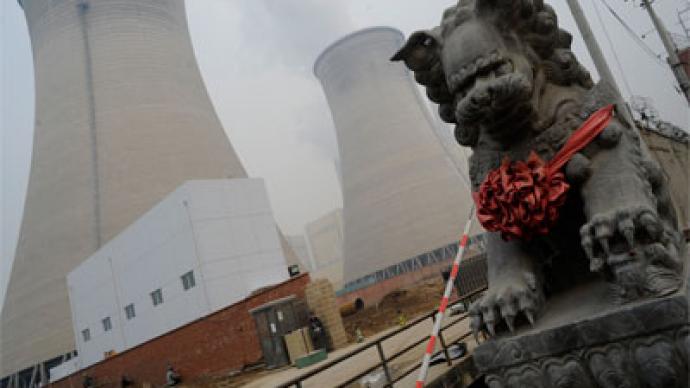140 countries agree on first-ever global treaty to curb mercury pollution

A convention signed in Geneva has legally bound over 140 countries to a set of newly established laws as part of an attempt to prevent the spread of deadly mercury pollution following a rise in the toxin’s emissions.
Environmental mercury levels have been rising, and anticipated further increases have motivated UN delegates in Geneva to reach a consensus on the solution. Mercury can cause a range of neurological and health problems, and is potentially fatal in large doses. The set of legally binding rules, known as the Minimata Convention, was established on Saturday morning following overnight negotiations preceded by a week of discussions. UN Environment Program (UNEP) spokesperson Nick Nuttall told Reuters that a “treaty to start to begin to rid the world of a notorious health-hazardous metal was agreed in the morning of January 19.”The UN approval of the treaty followed recently published data which demonstrated an alarming rise in levels of the highly toxic metal, especially in developing states.
Deadly mercuryMercury is the only metal that is liquid at room temperature. It can also occur naturally, such as in cinnabar deposits, coal and limestone.In the past, it was frequently used in thermometers, but was phased out amid health concerns over its neurotoxicity. Mercury is still, however, a byproduct of chemical and mining processes. It remains in the environment for a lasting period of time. It is particularly prevalent in fish and shellfish, who store it as ‘methylmercury,’ an organic compound of the substance, which builds up in their system over an extended period of time.Mercury is a serious health threat, especially for unborn children, and exposure to it can not only have neurological effects but also an impact on the digestive and immune systems, internal organs and skin, if touched.
‘Minimata’ is the Japanese name for a neurological disorder that arises from severe mercury poisoning, symptoms of which can include numbness in the extremities, ataxia, damage to speech, sound and sight, paralysis and death.The condition itself is named after the Kyushu Island city which suffered a severe outbreak in 1956 from untreated chemical factory wastewater. Once released into the environment, mercury can become more concentrated as it moves up the food chain. It can bioaccumulate in fish, which humans then consume. UNEP said a growth in small-scale mining and coal burning were the primary reasons for the rise in mercury emissions.The UN-mandated limits on mercury emission include restricting the supply of and trade in mercury, its use in products and industry, measures to reduce emissions from small-scale gold mining, and measures to reduce emissions from metal production facilities and power plants.However, UNEP told Reuters that the agreement could take three to five years to come into force.The poisonous metal is frequently used in chemical production and mining. Coal-burning power plants are infamous for being the largest human-caused source of mercury. However, it was reported in November 2012 that plans had been made for more than 1,000 new coal power plants to be built worldwide, 76 percent of which would be built in China and India.Prior to the new agreement, UNEP had published a report warning that developing nations were facing growing health and environmental risks from increased exposure to mercury, attributing the rise in emissions to small-scale mining and coal burning. Joe DiGangi, a science adviser with advocacy group IPEN, told AP that while the treaty is “a first step,” it is not stringent enough and should impose stricter limitations in order to accomplish the goal of reducing overall mercury emissions. The signing ceremony for the new regulations will take place later this year in Japan.














